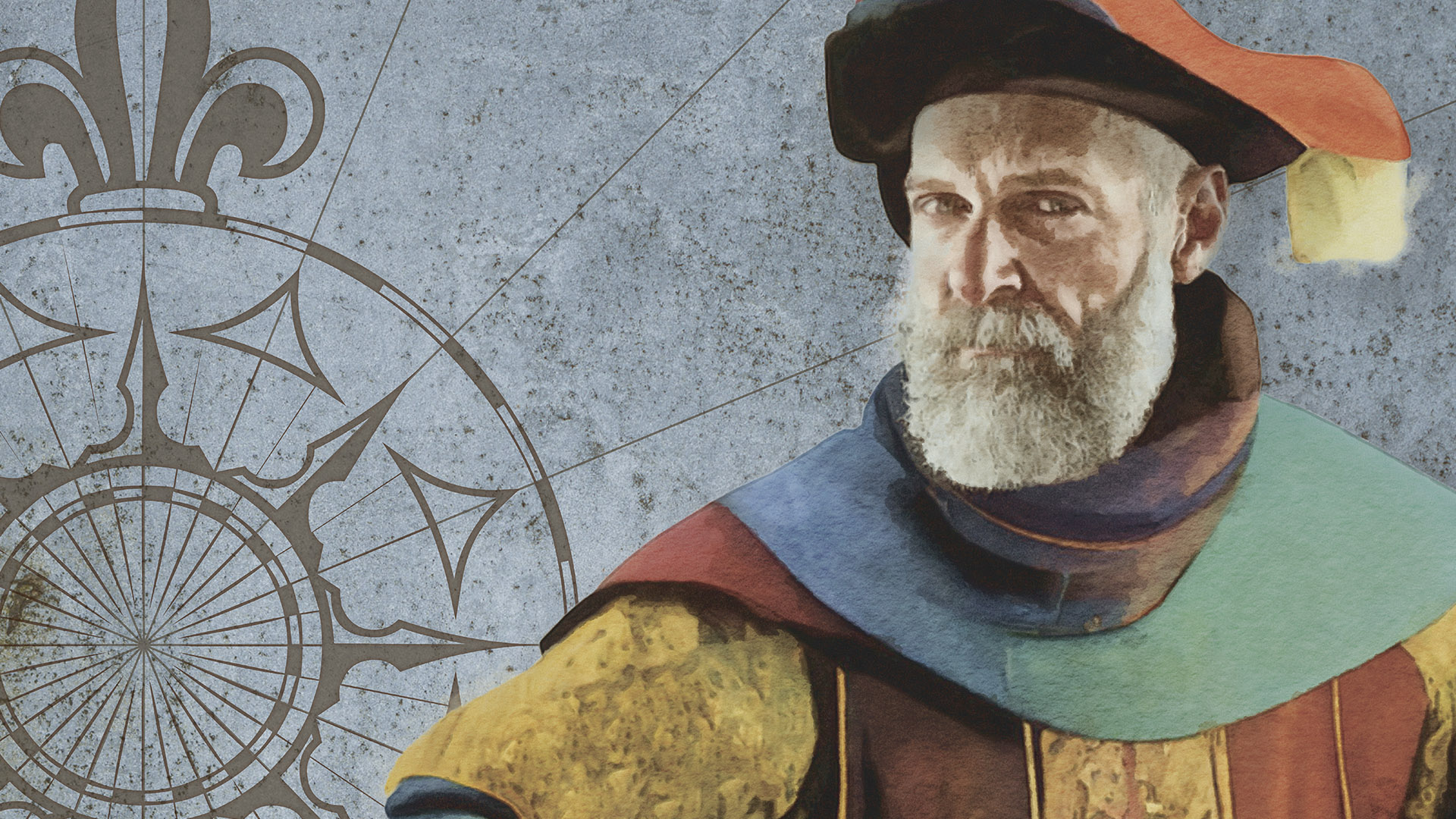Diogo de Silves is the assumed name of a Portuguese navigator from the 15th century who allegedly discovered the Azores Islands in 1427.
According to a letter by the Catalan Gabriel de Valseca, dated 1439, Diogo de Silves may have been the discoverer of Santa Maria Island, and most likely of São Miguel Island and the five islands that make up the Central Group of the Azores archipelago. According to the same testimony, Diogo de Silves might have accidentally discovered Santa Maria Island on his way back from a trip to Madeira.
This information contradicts the theory of Gaspar Frutuoso, who claims that the first islands of the Azores were discovered by Gonçalo Velho Cabral in 1432, commanding a fleet sent by Prince Henry the Navigator.
The biographical information about this navigator is shrouded in significant obscurity, arousing a wide range of speculation. If his surname is confirmed, it is plausible to assume that he was from the Algarve town of Silves, very close to Lagos, which was at the time the epicentre of maritime expeditions led by Prince Henry the Navigator.
We have no other record of Diogo de Silves, who he was working for, or what his goal was. It is often assumed, although without documentary guarantees, that Diogo de Silves was a navigator in the service of Prince Henry. If so, he may have been sent in 1427 on one of the many expeditions requested by the Prince in the course of the 1420s along the west African coast in an attempt to round Cape Bojador.
The way he ended up on Santa Maria Island is uncertain, speculating whether it was an accidental deviation from his route or whether he was gathering information about winds and ocean currents.
Regardless of all the existing doubts about his life and mission, Diogo de Silves asserts himself unequivocally as one of the possible discoverers of the Azores archipelago.
Diogo de Silves
